Five reasons your child should learn first aid
23/06/2021
It is widely accepted that first aid training is a vital part of a person’s arsenal when it comes to having life-saving skills. So, here at Busy Bees we think it’s a good idea to learn these skills at a young age. We are great champions of first aid for children, and our regular visits to both primary and secondary schools to deliver first aid have proven that learning these skills can be both fun and rewarding for young people.
Not only does first aid for children help others, a survey by the British Red Cross revealed that 97% of young people believed training in first aid would improve their confidence, skills, and willingness to act in a crisis.
While we wholeheartedly support government plans to add CPR, defibrillator awareness and other lifesaving first aid skills to the national curriculum in secondary schools in England, we think a child is never too young to start learning how to save a life and would like to see first aid in schools across the country.
Here are our top five reasons why you should consider signing up your child or primary school class:
1. Confidence is key
When it comes to first aid, every second counts. A lack of confidence is usually cited as the most common reason that adults don’t react in a medical emergency.
We want to eliminate this ‘bystander effect’ in the next generation by delivering first aid for children and giving young people the tools to act and save lives. First aid courses expose children to these situations in a controlled and safe environment and teach them how to respond.
2. Life is unpredictable
Life is unpredictable - we never know what’s around the corner. A sad fact of life is that, at any moment, someone near us could need first aid. However, only a third of UK adults say they wouldn’t attempt CPR.
This could be part of the reason why only 1 in 10 people in Britain survive an out of hospital cardiac arrest. Meanwhile, in countries where CPR is taught in schools, as many as 1 in 4 survive. This showcases how teaching first aid in schools and instilling these life-saving training early on helps to equip young people with the ability to deliver fast and efficiently first aid, and save lives.
3. Save yourself
As well as being able to care and treat others, it’s always good for your child to know how to perform first aid to both themselves and their family, should the worst happen.
In the same way that children are aware of potential threats with strangers and predators, they should know how to medically take care of themselves and those around them. It can provide you with peace of mind to know that your child understands how to react when you aren’t with them, or if it’s you that’s been taken ill.
4. Creating opportunities
First aid is a life skill which your child can build on as they grow. It can also be an advantage when getting into clubs or to applying for an award within school, such as The Duke of Edinburgh Awards.
This can increase the chance of being accepted into a highly competitive environment and can even encourage young people into health care or key worker jobs.
5. Fun!
If you are wondering if the children themselves would enjoy learning first aid, then look no further than Cheslyn Hay Primary School, whose year one pupils had a training session with our very own instructor Steve Manifold.
Claire Simms, a teacher at the school, said: “Steve had a lovely, calm way with the children and although they were excited, he kept them engaged. The resources used supported the learning and they loved having their own bandage to take home. The children were actively involved and engaged in the session. We look forward to repeating the training next year.”
If you would like to find out more about how we can help you and your child be First Aid Trained, view our range of First Aid courses here.

